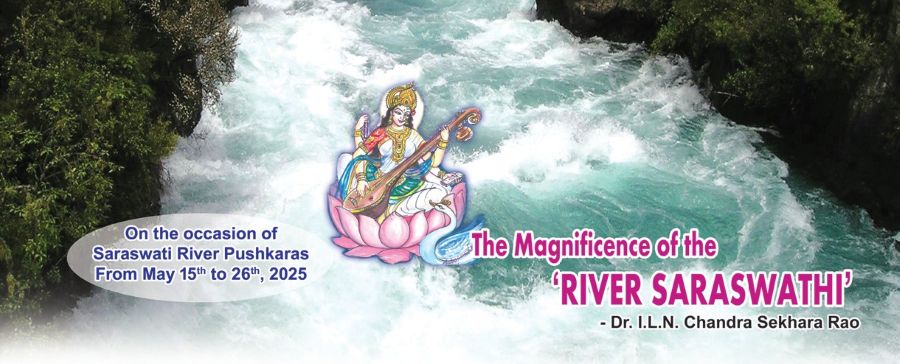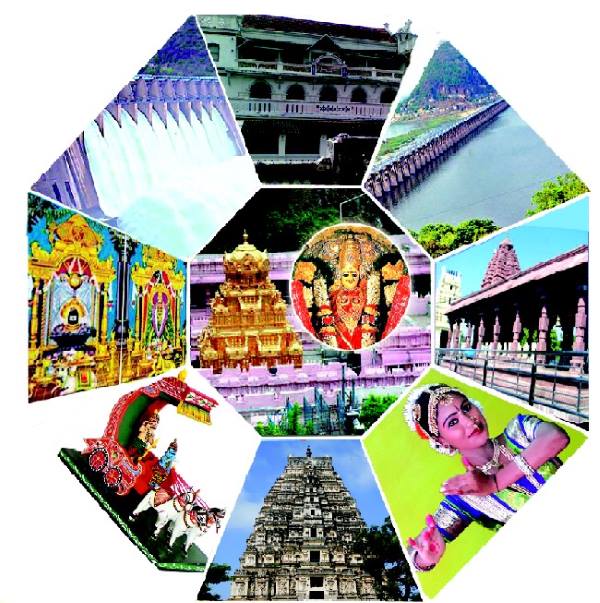On the occasion of Saraswati River Pushkaras from 15th May to 26th, 2025 Saraswati River: Its Role in Ancient Indian Beliefs Since the time of ancient civilizations, the river Saraswati like the Ganges and the Yamuna is the most sacred river although it flows as an inner channel. The reference of the river Saraswati is Read More
Category: rivers of India
The major rivers of India are – Flowing into the Arabian Sea (Narmada, Tapi, Sindhu, Mahi) and Flowing into the Bay of Bengal (Krishna, Kaveri, Penna River, Yamuna, Ganga, Godavari, Meghna, Mahanadi)
Tungabhadra Pushkaram 2020
Tungabhadra Pushkaram Pushkaram is a celebration and a thanksgiving for our river wealth. Taking a dip in the river during pushkaram is believed to cleanse us. This year, it is the turn of River Tungabhadra as Jupiter (Brihaspati) enters Makara Rasi. It is believed that one should perform a bath, dana, Japa, and Archana during Read More
Krishna Pushkaram – It’s Significance
Krishna Pushkaram & It’s Significance To all living beings water is the source of life. The perennial rivers that provide water show evidence related to the beginnings of human culture and their development. It has been the tradition in our country to worship rivers, as images of divinity and worship. Nadi & Pushkaram From the Read More
Sanctity of Godavari Pushkarams
The Sanctity of Godavari Pushkarams Tulyatreyee Bharadwaja Gowthami Vruddha Gowthami Kousika ca Vasista ca sapthadhayanthi namostute Having divided into seven channels, the Godavari finally reaches the Bay of Bengal. I salute all the seven channels of the Goddess Godavari before I take my holy dip in it. Adyatu Gowthami Ganga paschyat Bhagiradhi smrutha Tayo rekataraa Read More
The Descent of the Ganga
Legend – The Descent of the Ganga The legend of the descent of the Ganga is in the Bala Kanda of the Ramayana. The young princes Rama and Lakshmana are travelling with Sage Vishwamitra at his request to protect the Vedic rituals that he is conducting from demons that were constantly disrupting it. After this Read More
Narmada River / Narmada Pushkaras
Narmada River There are many legends behind the birth of the Narmada River. The origin and glories of the Narmada River are mentioned in Matsya, Kurma and Skanda Puranas along with Harivamsa, Shatapatha Brahmana, Ramayana and Mahabharata. While it is said in the Ramayana that the birthplace of Narmada was a part of the Ayodhya Read More



